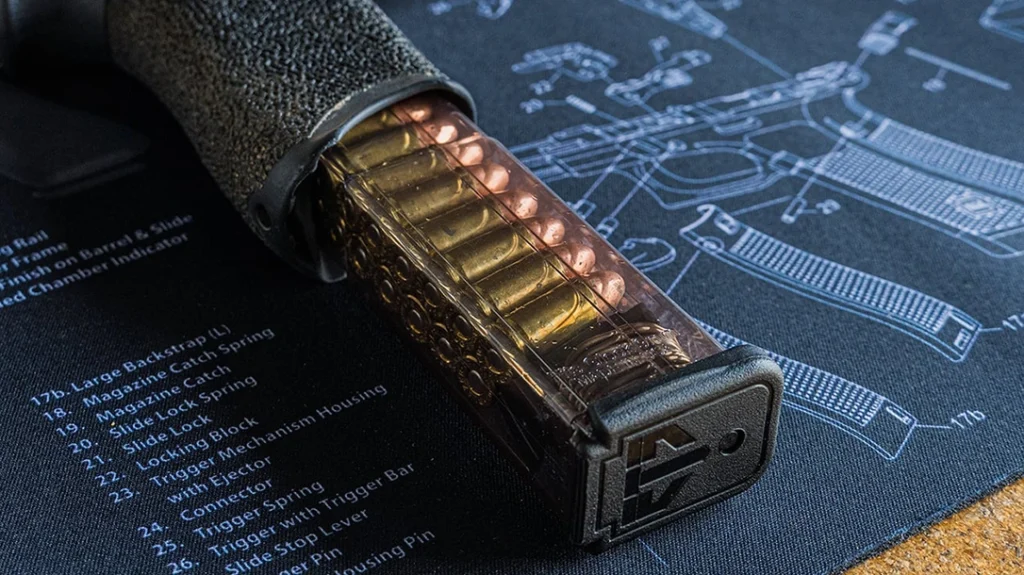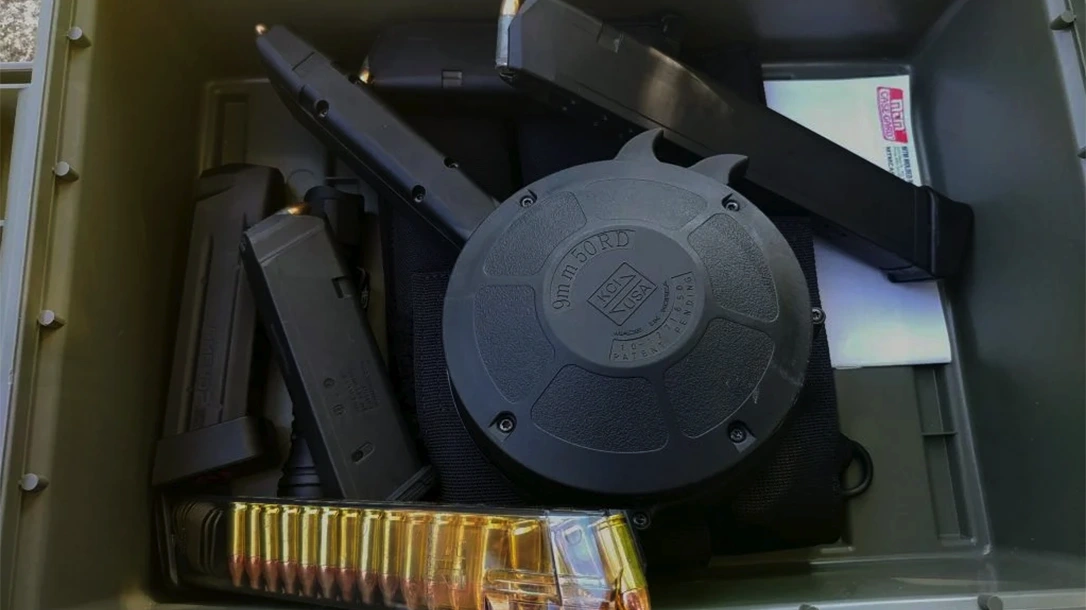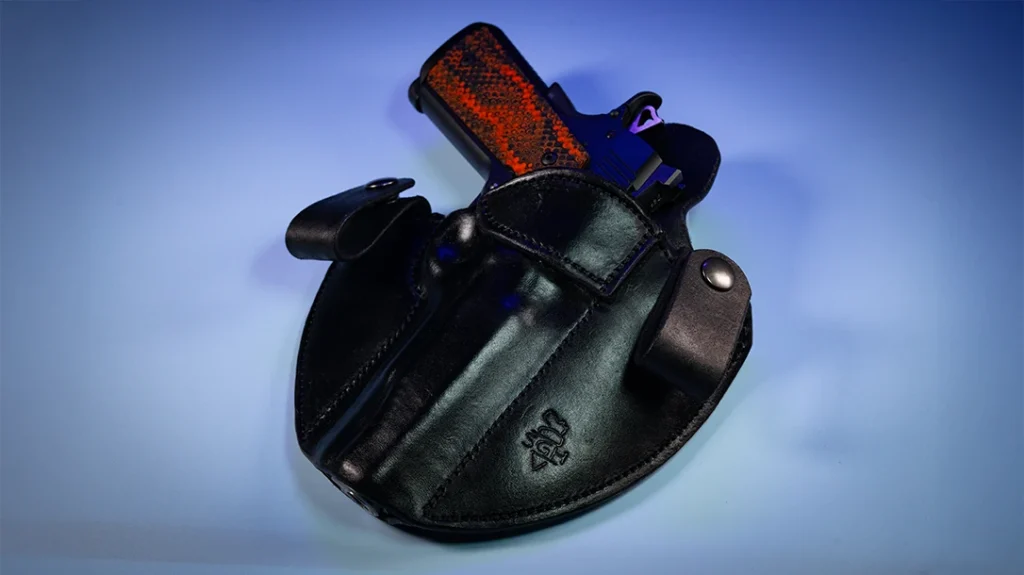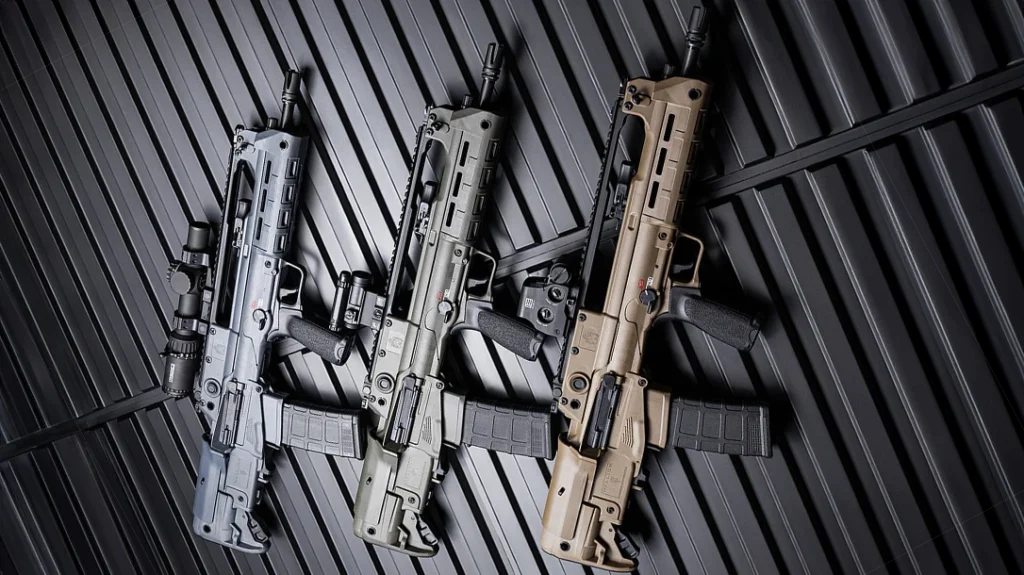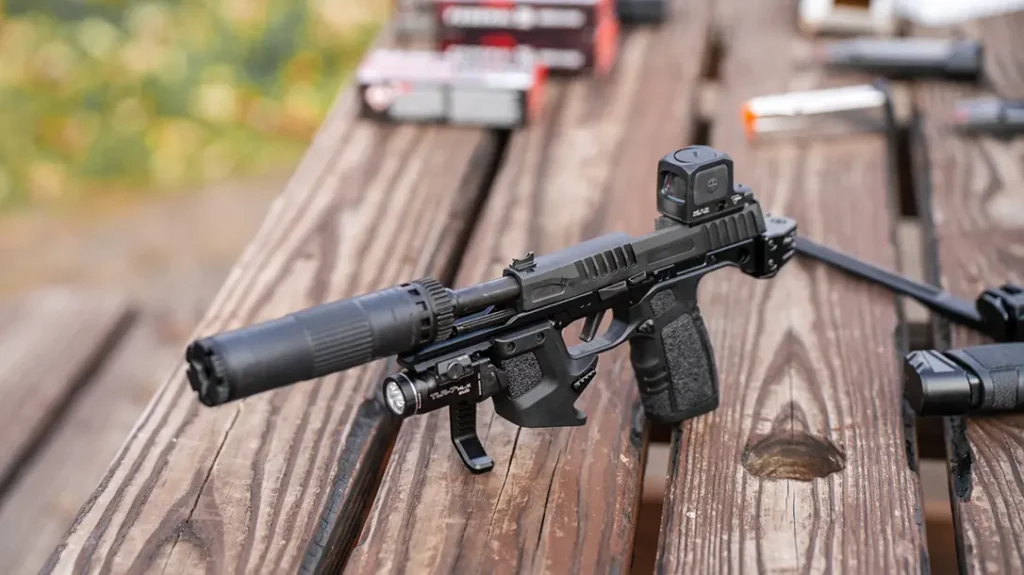Glock’s factory-made magazines are considered high-quality and dependable, and many Glock owners use them exclusively. That said, numerous aftermarket Glock magazines from many companies cater to diverse needs. From enhanced capacity and material upgrades to cost-saving alternatives, there is an aftermarket magazine for you.
Aftermarket Glock Magazines: Why Not Stick with Perfection?
You absolutely can. There is no specific reason to avoid factory Glock magazines, other than perhaps price and availability. Instead, there are several reasons why gun owners might choose an alternative.
Examples include:
Advertisement — Continue Reading Below
Capacity and Extended Magazines
The reason people gravitate toward the aftermarket is the desire for increased capacity. While Glock has such offerings (like the 33-round magazine for the Glock 17), aftermarket manufacturers have taken extended capacity to new levels. Companies like ETS and Magpul offer extended magazines that can hold up to 50 rounds. This allows users to carry significantly more ammunition in a single magazine.
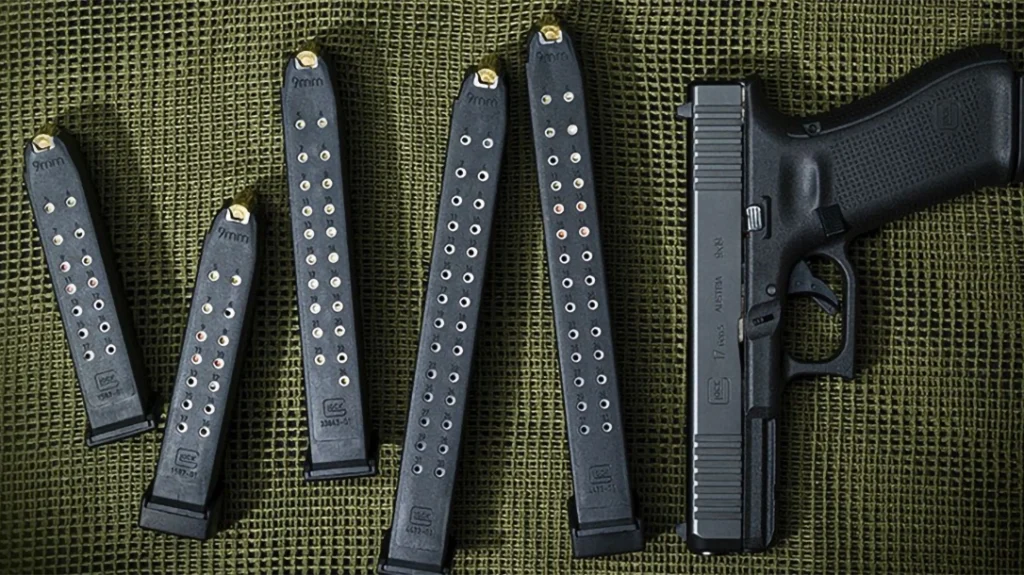
These extended magazines are especially popular among competition shooters, who need extra rounds for certain events. Likewise, recreational shooters enjoy them for long shooting sessions without needing to reload frequently.
Advertisement — Continue Reading Below
High-capacity magazines can provide peace of mind for defensive purposes, ensuring that a user has more rounds on hand in an emergency. However, they can become unwieldy beyond a certain point.
Price and Affordability
Another significant factor that drives interest in aftermarket Glock magazines is the cost. Factory Glock magazines are known for their durability and reliability. However, they can be relatively expensive, particularly when buying more than one. Aftermarket manufacturers claim similar performance at a lower price, making them an attractive option for budget-conscious gun owners.
Magpul, a well-known and highly respected manufacturer of firearms accessories, offers its PMAG series for Glock pistols for up to half of what OEM costs. Companies like ETS, KCI, and ProMag also offer budget-friendly alternatives, though prices and reliability can vary wildly.
Advertisement — Continue Reading Below
Customization and Compatibility
Aftermarket magazines are also appealing for the range of customization options they offer. Some shooters prefer magazines with different baseplates or colors to differentiate between calibers or magazine types, especially in training environments.
Aftermarket magazines come in a wide variety of colors and finishes. This allows for easier identification or aesthetic customization of a Glock pistol.
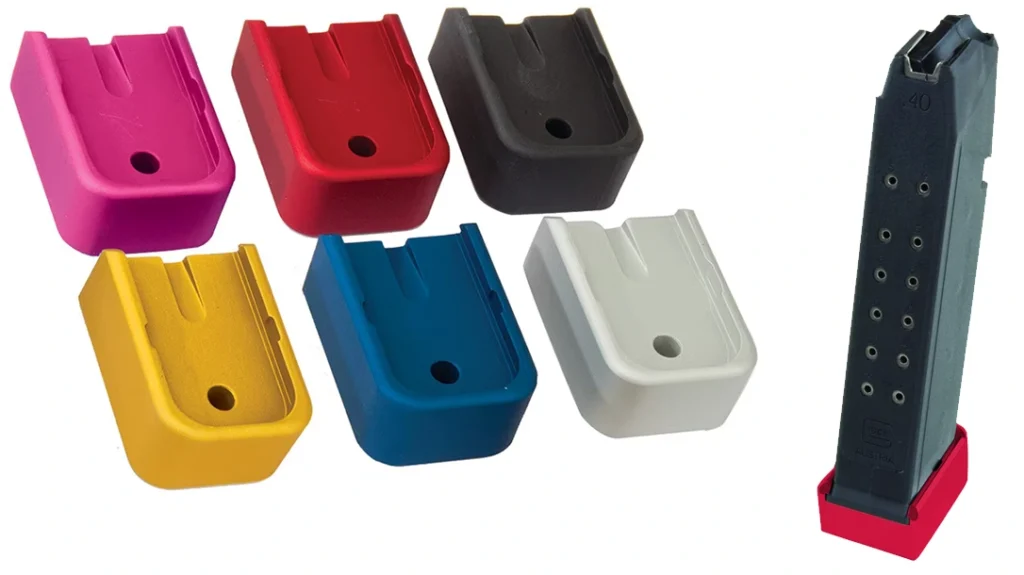
Advertisement — Continue Reading Below
The Downsides of Aftermarket Glock Magazines
While aftermarket Glock magazines offer many advantages, they are rarely considered equal to their OEM counterparts. Here are some potential issues Glock owners might face when opting for third-party magazines:
Reliability Concerns
Easily, the biggest concern when using aftermarket magazines is reliability. Glock’s factory magazines are known for their consistent performance and reliability in a wide range of environments.
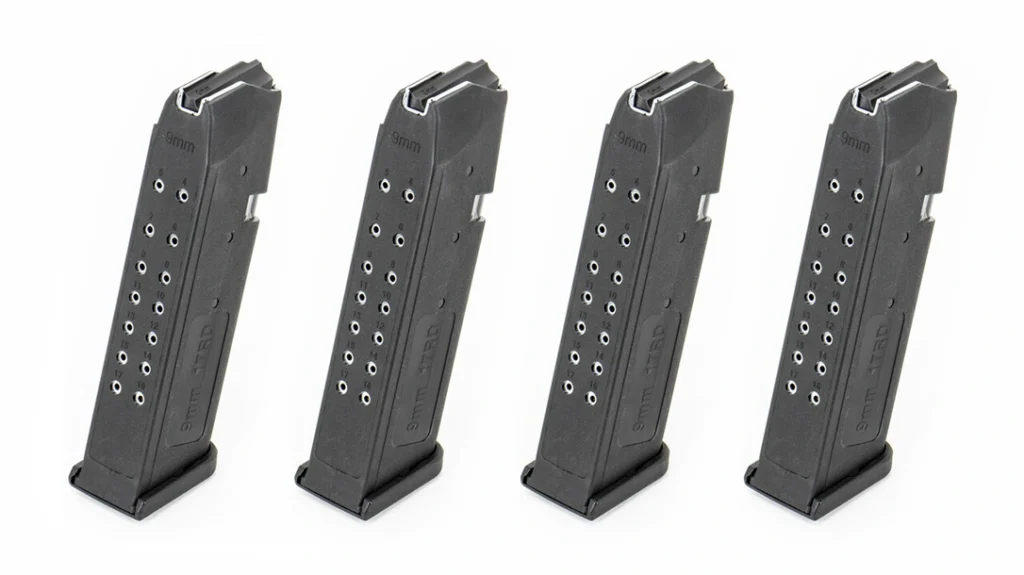
Advertisement — Continue Reading Below
Aftermarket magazines, particularly from lesser-known manufacturers, may not meet the same standards. Feeding/ejection problems, failures to lock the slide open on empty, and even fit can be issues. This is particularly the case with the more poorly regarded aftermarket brands.
It’s crucial to evaluate any aftermarket magazine thoroughly before relying on it for self-defense or duty use. Not all aftermarket magazines are equal in quality. Some might perform well under casual conditions but fail under more demanding circumstances. We have personally seen ProMag products simply break during loading.
Compatibility Issues
Another potential downside to aftermarket Glock magazines is compatibility with aftermarket parts or custom modifications on the gun itself. Some aftermarket magazines may not work well with certain magwells, magazine extensions, mag releases, etc.
Advertisement — Continue Reading Below
Mixing and matching aftermarket products with OEM is sometimes a crapshoot to begin with. The more variables you introduce, the more points of failure you may encounter.
Durability Compared to OEM Magazines
Magpul and ETS are known for their durability, but others may not hold up as well under heavy use. Keep an eye out for wear, cracks, or damage over time, even just from remaining loaded for an extended period.
For high-intensity environments, such as law enforcement or military use, sticking with OEM magazines or well-regarded aftermarket brands like Magpul or ETS is generally a safer choice.
Advertisement — Continue Reading Below
Popular Aftermarket Glock Magazine Brands
There are several popular brands that Glock owners turn to when looking for reliable aftermarket magazines:
Magpul PMAG
Magpul’s PMAG series has probably been the most popular aftermarket option since 2015. Known for durability, affordability, and reliability, the PMAG Glock magazines offer a great balance of performance and cost. They are made from lightweight polymer and come in a variety of capacities, often greater than their OEM equivalents.
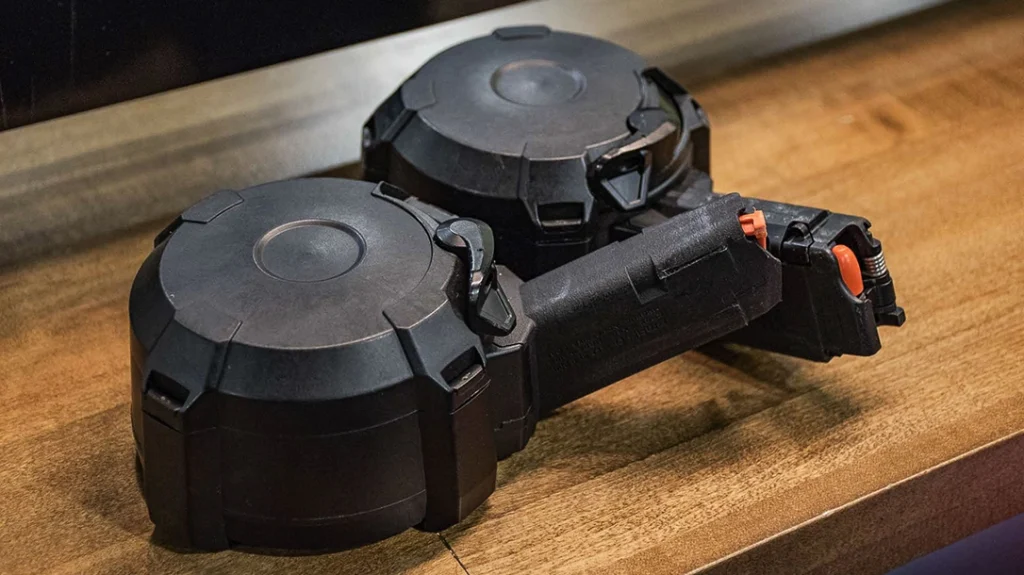
Advertisement — Continue Reading Below
The D50 is a drum magazine holding 50 rounds. However, be sure you are purchasing the correct version, as it comes in both pistol and Pistol Caliber Carbine designs. Some users report issues, though others swear by them.
ETS (Elite Tactical Systems)
Famous for their unique transparent design, ETS mags allow users to see how many rounds are left in the magazine. ETS offers both standard and extended magazines for Glock pistols, with capacities ranging up to 40 rounds. They are considered the better end of the spectrum despite only being on the market for the last three years.

ProMag
ProMag is another company that offers cheaper aftermarket magazines for Glock pistols. However, their products do not have a reputation for reliability or durability. Users report feeding problems, breakages, and more. These magazines are best suited for range use rather than self-defense or duty purposes and are best purchased on sale.
KCI
KCI magazines are budget alternatives often used by Glock owners who want to stock up on high-capacity magazines without spending a fortune. While not considered as dependable as OEM Glock magazines, some people find them effective. KCI also offers drums. If trying one out without breaking the bank is a priority, this might be an option.
So, Should You Buy Them?
The short answer is yes. But look into the product you’re considering, and do some serious testing before loading it up and trusting your life to it. You bought a Glock, so you are willing to spend money on a legacy of functionality and reliability. Do yourself a favor and extend that same philosophy to your magazines.
So, if you want to save some money, it is generally considered wise to stick to Magpul and ETS for mags you expect to put to serious use and leave the others for practice.
Having a finicky magazine can actually be helpful if you are looking to incorporate regular magazine changes, failure drills, etc., into your regular training. To be blunt, a garbage magazine can be a straightforward way to make that happen.
For more information, please visit Magpul.com, ETSGroup.us, ProMagIndustries.com, and KCIUS.com.
